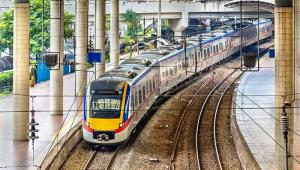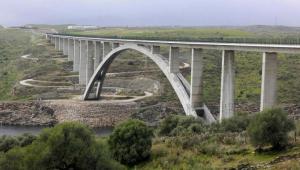The World Bank believes the Chinese approach offers many lessons about the planning, business models and approaches to construction that enable rapid rail development.
It says a key enabling factor has been the development of a comprehensive long-term plan to provide a clear framework for the development of the rail system.
“China has built the largest high-speed rail network in the world,” said Martin Raiser, World Bank country director for China.
“The impacts go well beyond the railway sector and include changed patterns of urban development, increases in tourism, and promotion of regional economic growth.
“Large numbers of people are now able to travel more easily and reliably than ever before, and the network has laid the groundwork for future reductions in greenhouse gas emissions.”
China has put into operation more than 25,000 km of dedicated high-speed railway lines since 2008, far more than the total HSR lines operating in the rest of the world.
The service is competitive with road and air transport for distances of up to about 1,200 km, and fares are about a quarter of those in other countries, allowing the network to attract more than 1.7 bn passengers a year across all income groups.
In an era when many railways face declining passenger use, the ways in which China has made high-speed rail attractive while maintaining financial and economic viability offer clear lessons for the rest of the world.
In a major study, China's High-Speed Rail Development, the World Bank – which has financed 2,600 km of high-speed rail in China so far – summarizes those lessons.
Strategic planning to provide a clear framework for the development of the rail system emerges as a major growth factor. China’s Medium- and Long-Term Railway Plan looks up to 15 years ahead and is complemented by a series of five-year plans.
Another key factor keeping costs down has been the standardization of designs and procedures.
As a result, the construction costs of the Chinese HSR network at an average of $17m to $21m per km are about two-thirds of those in other countries.
The World Bank has also examined the economic benefits of China’s HSR services, and calculates that the rate of return of its network at 8% is well above the opportunity cost of capital in China and most other countries for major long-term infrastructure investments.














